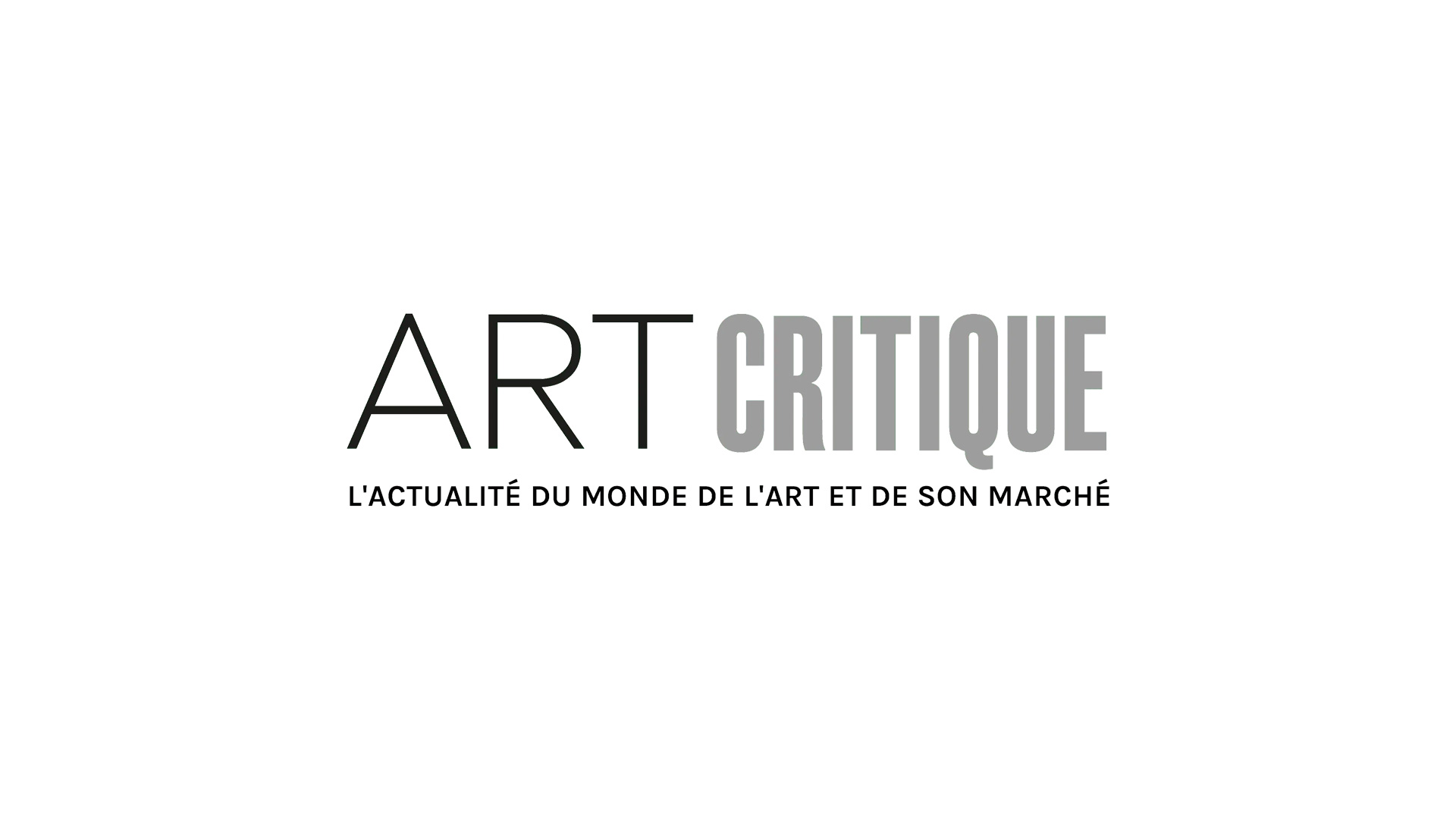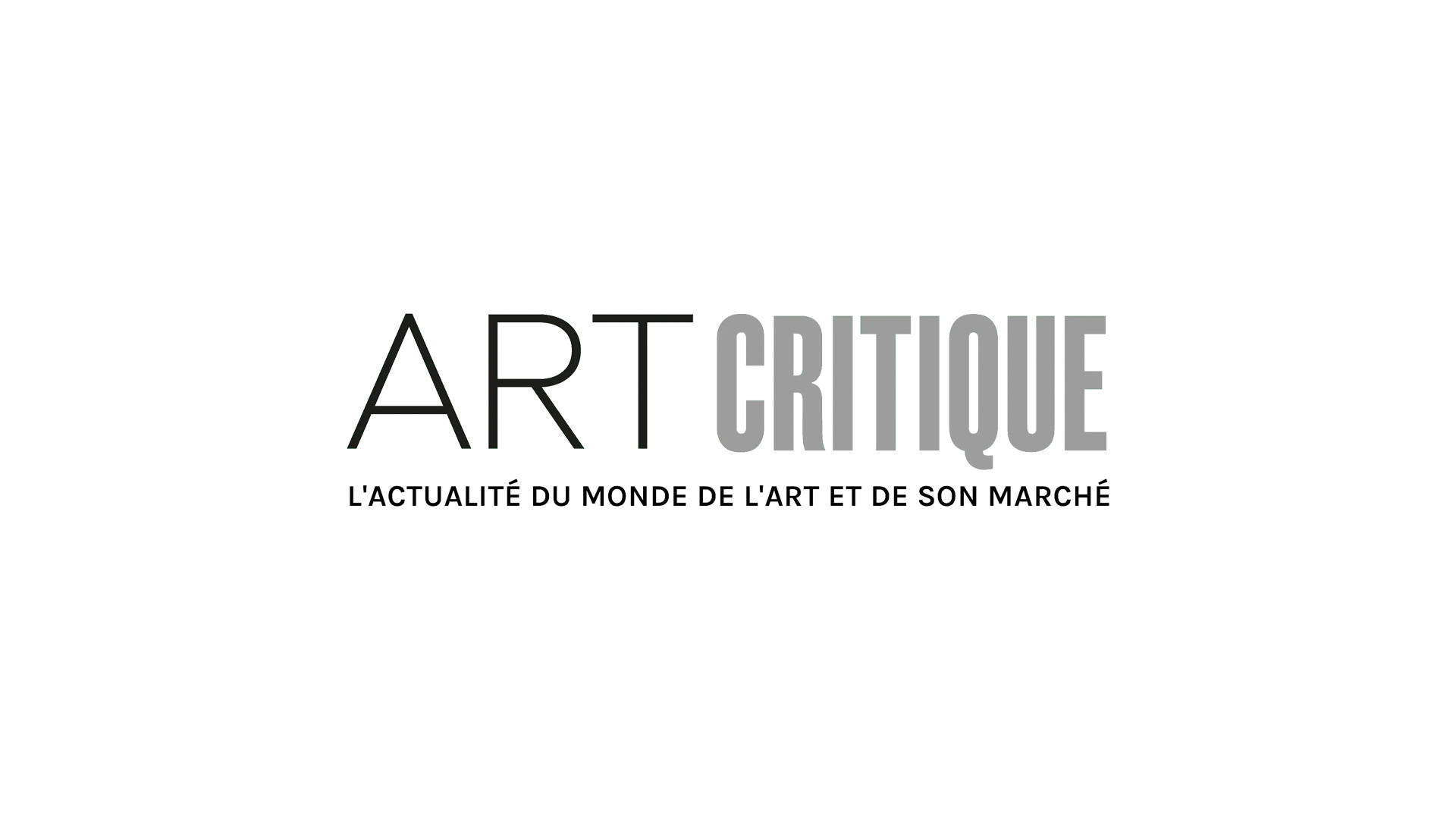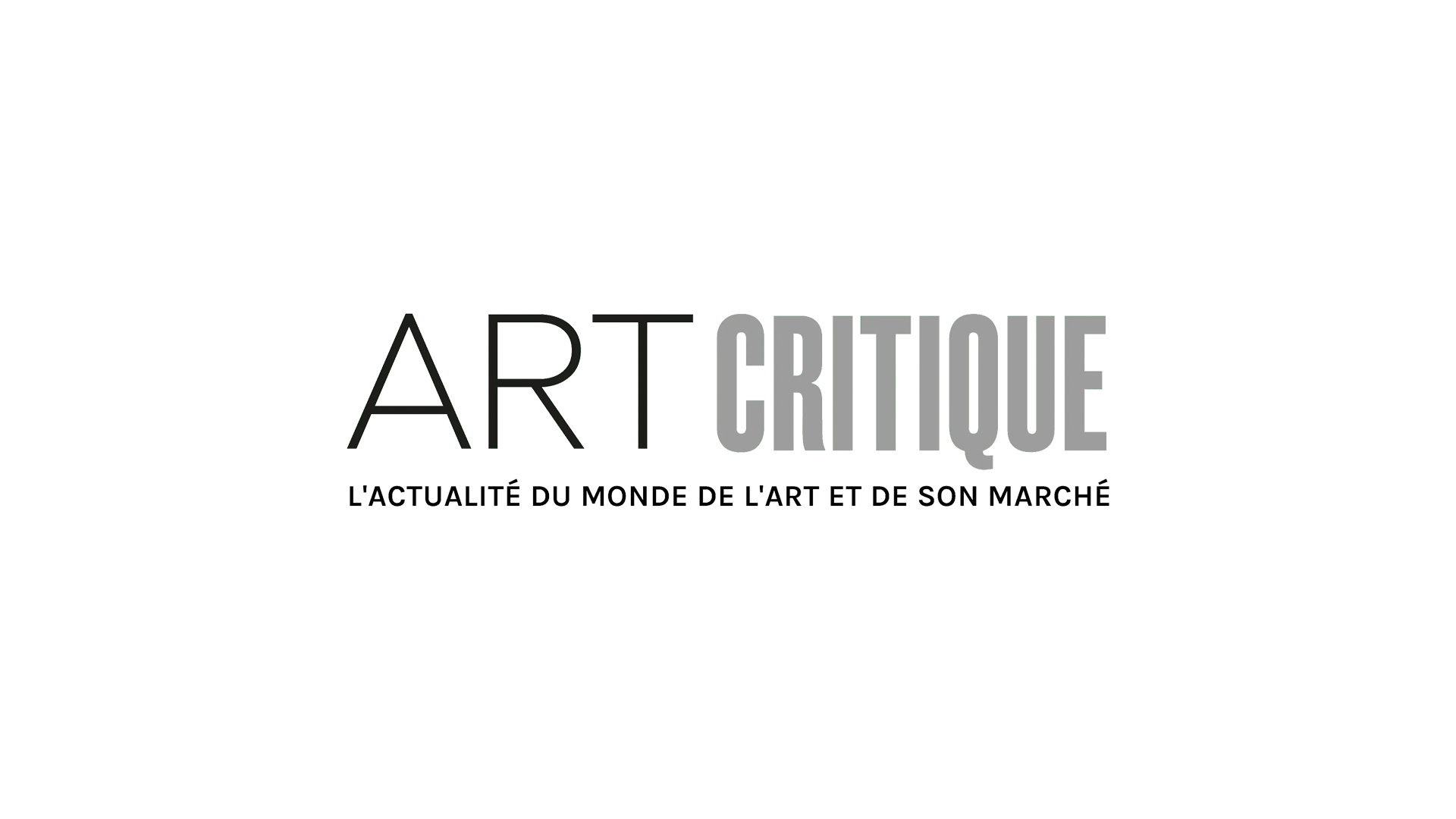Bringing some of the major influences in the Humanities into the context of film criticism is the zeitgeist of the moment. As an example, in 2011 Patrice Maniglier and Dork Zabunyan published and analyzed the (quite rare) essays dedicated to 7th art by philosopher Michel Foucault. At that time they described the relationship between Foucault and the moving image as “inchoate, incomplete, accidental and almost anecdotal”. The exact same concept could be applied to the work of Roland Barthes — which is not to suggest that the result wouldn’t be of interest to anyone. It’s not up to the Barthesians to explain the significance of Incidents. Film critics Antoine de Baecque, Marie Gil, Éric Marty and other contributors (including Gérard Lefort, Dominique Païni and more) deliberately made some different choices in their book on Barthes; They decided not to simply regurgitate Barthes’ work, which is easily accessible, but to use it as a theme and to create a set of variations around it. That’s also the way Barthes’ essay Leaving the Movie Theatre should be read; not as a methodically ordered view of his statements about the cinema but as a series of re-examinations interpreted from a different perspective every time. The quality of this book shifts in kaleidoscopic fashion, but the pieces somehow develop into something that makes sense in fine.
The legend of Barthes “resistance” to the cinema, made by the man himself, was the natural starting point for this project. However, a resister who goes to the cinema “at least once a week”, and often in good company (Foucault again), could hardly be called a fierce critic! Especially considering that Barthes, in fact, worked as an “actor”, playing the role of Thackery in The Bronte Sisters directed by his friend Téchiné. To a large extent this probably accounted for –with the caveat that governed cinematic writing– his willful ignorance about the cinema’s technical aspects which were foreign to a classically trained scholar. It’s quite understandable that Barthes would not want to confront “the enormous technical purgatory”. His professed laziness (the laziness of a hard worker) would mean having to face some decidedly unpalatable consequences, “you would have to take up the whole issue of Robbe-Grillet all over again, and I couldn’t be bothered”!
There is, however, a more profound motivation to this relative abstention, and it goes beyond, as Éric Marty states, “scholarly opposition”. For in the rhetoric of love as with any other rhetoric, Barthes cultivated the fetishism of discontinuity, of a blank space between statements. Photography could then only be a reminder of his most intimate passion in its isolating immediacy, separated from the next image by changing the page or, in a gallery, the empty wall. It is specifically the imagination (the manufacturer of intimate mental images) that learns to rush into this breach. That’s also the reason why Barthes particularly liked “tableaux vivant” as a genre. It is quite different from the movies where images fly by and flow endlessly. Films are a like a stream, impossible to interrupt. There is no blank space but instead an overflow that produces an uncomfortable feeling of fullness, almost even disgust—except in rare directors like Antonioni, poet of the void, who Barthes especially admired. The filmed image, according to Barthesian theory, comes under this “layer” that is the trademark of popular opinion. As Peter Szendy brilliantly notes, if Barthes resist the cinema, it’s because the cinema lacks punctuation.
It’s also important to keep in mind that Roland Barthes died prematurely, just when he attained complete freedom from the restrictions of academia. This observation must not be read as the premise of Barthes’ many successors, of a path marked by failure. There is no denying Barthes development (nor a repudiation, for example, of the very sociological and informal way that he analyzed cinematic production around the time that Mythologies was published) but conversely there is an empowerment, an increasingly frank “yes” at the entrance of “I” in critical discourse, supported by a clearer, bolder affirmation of implicit preferences—within certain limits of course. If one thought often surfaces in reading in this collection of Barthes’ words and of his scholarly critics, it’s that people don’t always speak in great detail about what matters to them most and, here, Passolini provides a perfect example. It was wonderful to see the names of two of Passolini’s most ardent fans, Marielle Macé and Hervé Joubert-Laurencin, listed in the table of contents, although they both acknowledge that there could be no spark between two oversensitive people who were probably too similar to be fully compatible. Yet they both reference the strange recurrence, in Barthes’ course on the Neutral from 1978, of the poem, “Una disperata vitalità”, which seems to summarize Barthes’ essential philosophy.
If there is a conclusion to the story it is that we do not confess, or only in a crowd, and in a timid voice, that which is vital to us. Certainly Barthes did experience diffidence with respect to the cinematic process, and that goes beyond conventional rhetoric. But at the same time and an on another level, it’s highly probable that he liked too many images that revealed the blatancy of his desire, to be comfortable discussing them. His response might well have been Secretum meum mihi, the secret is mine.

- de Baecque, M. Gil & E. Marty (dir.), Roland Barthes: Leaving the Movie Theatre, Paris, Hermann, 2018 (« Cahiers Textuel »).






